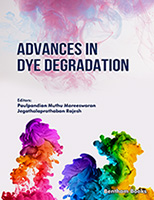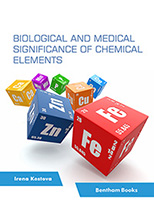Foreword
Analytical chemistry is divided into qualitative and quantitative analysis. Qualitative analysis is a sequential set of steps in order to characterize the type of substances that are included in the components of the mixture. The qualitative inorganic analysis is used to demonstrate the containment or non-containment of inorganic elements, ions, or compounds in an unknown sample, for example, an analyst working in the environmental field may test a water sample to confirm whether this sample contains dissolved ions of mercury, lead, or barium.
Nowadays, advanced laboratories and scientific companies perform many qualitative analyses effectively using methods, such as infrared and mass spectroscopy, nuclear magnetic resonance, neutron activation analysis, X-ray diffraction, spectroscopy, chromatography, electrophoresis, and others, despite that qualitative analysis with traditional methods is still very important, whether for field tests or the initial examination of instruments, as well as for students in the early stages of learning. This book is divided into ten chapters. The first chapter describes the method and laboratory safety. The second chapter includes an explanation of the basic principles of qualitative analysis, while chapters 3-8 cover several topics that are important in understanding how a particular analytical method works for diagnosing cations in samples, starting from sedimentation and ending with the identification. As for the ninth chapter, it included a summary of diagnosing cations with some given questions about all chapters. Finally, the book concludes with many important tables and information for both students and researchers.
Although this book is primarily designed for students in the first stage and academic teachers, it may also prove useful in teaching staff and workers in different fields of science and industry, because it contains scientific information that helps in understanding the subject of inorganic cations in analytical chemistry. We hope that the book fulfilled the aspirations of the authors.
Naser Abdulhasan Almatwari
Department of Chemistry
Faculty of Science / University of Kufa
Iraq





